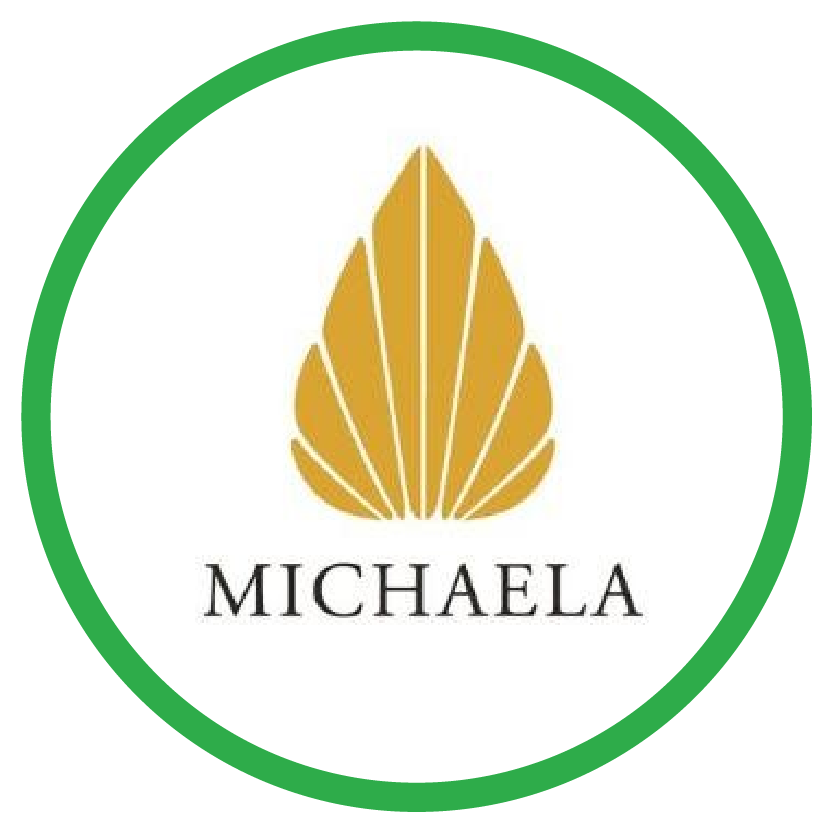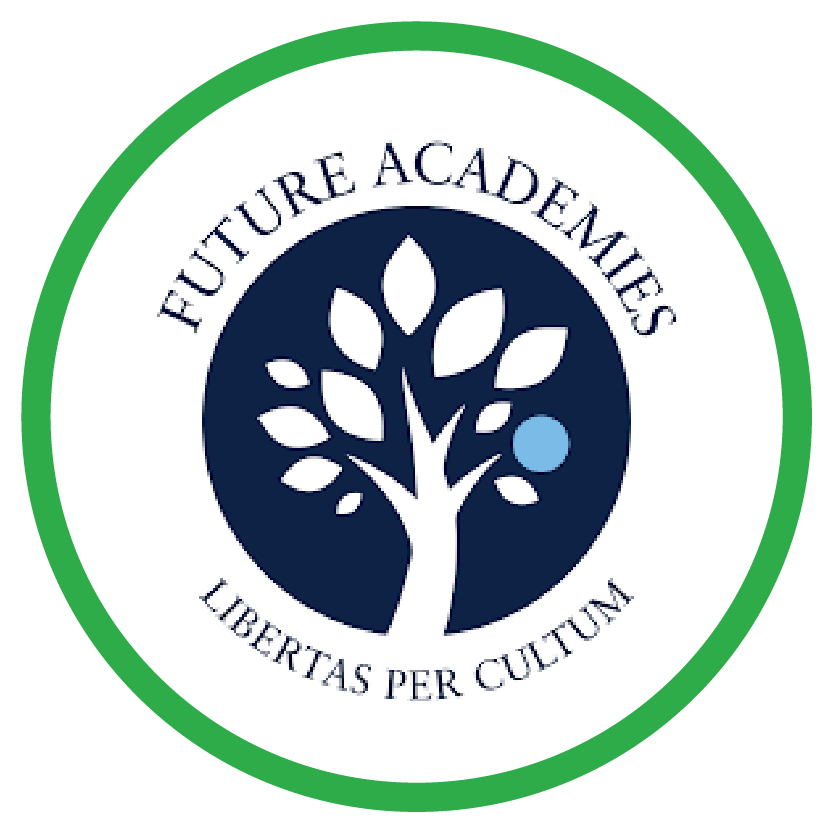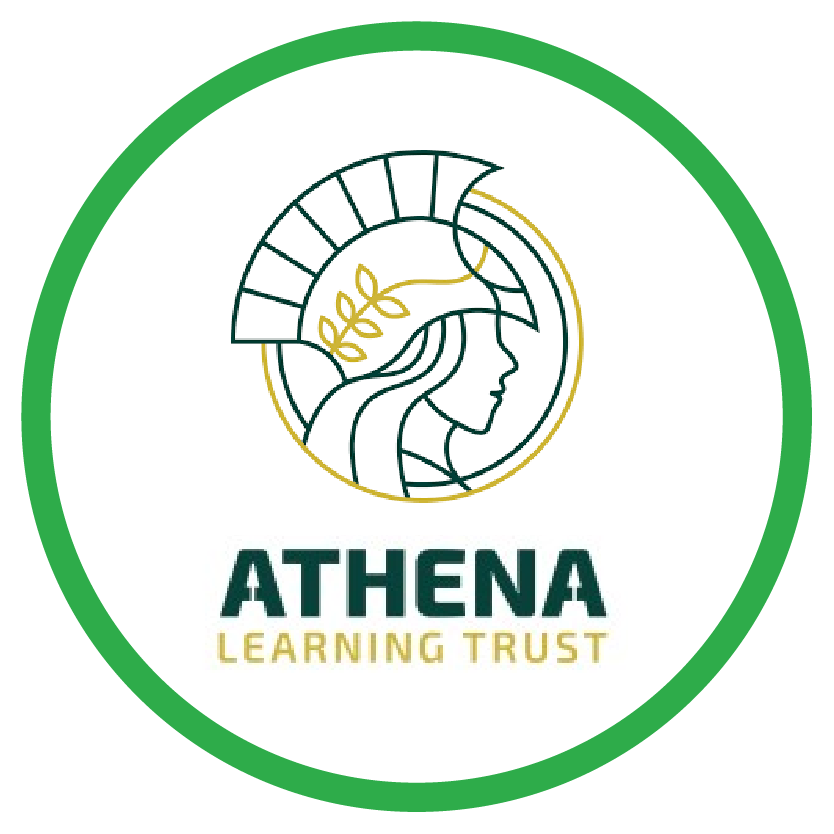IMPROVE YOUR A LEVEL GRADES
Up Learn A Level Biology
The Up Learn Biology course contains the resources you need to supercharge your studies and achieve top grades in A Level Biology – A*/A guaranteed.
Exam Boards: AQA, OCR
No payment info required.
WHAT YOU GET
Every course includes
Interactive Video Lessons
Video content that keeps you engaged and regular activities that keep you from losing focus
Detailed Quizzes
800+ questions designed to test your understanding, with a mix of exam-style mark schemes and full written answers that address common misconceptions
Exclusive Practice Papers
Reviewed by real examiners exclusively for Up Learn in order to give you additional confidence when preparing for exams
Progress Tracker to A*
Bespoke assessment and practice questions to chart your grade gains as you progress
Up Learn Biology
A more efficient way of learning, A*/A guaranteed
1. Getting you to A*/A as quickly as possible
2. Focus on the hardest topics in the most depth
3. A*/A guaranteed or your money back
4. Designed to boost your school studies
Our exam boards
AS (Year 12)
3.1.2. Carbohydrates
3.1.3. Lipids
3.1.4.1. General Properties of Proteins
3.1.4.2. Many Proteins are Enzymes
3.1.5.1. Structure of DNA and RNA
3.1.5.2. DNA Replication
3.1.6. ATP
3.1.7. Water
3.1.8. Inorganic Ions
3.2.1.2. Structure of Prokaryotic Cells and of Viruses
3.2.1.3. Methods of Studying Cells
3.2.2. All Cells Arise from Other Cells
3.2.3. Transport Across Cell Membranes
3.2.4. Cell Recognition and the Immune System
3.3.2. Gas Exchange
3.3.3. Digestion and Absorption
3.3.4.1. Mass Transport in Animals
3.3.4.2. Mass Transport in Plants
3.4.2. DNA and Protein Synthesis
3.4.3. Genetic Diversity Can Arise as a Result of Mutation or During Meiosis
3.4.4. Genetic Diversity and Adaptation
3.4.5. Species and Taxonomy
3.4.6. Biodiversity Within a Community
3.4.7. Investigating Diversity
A Level (Year 12-13)
3.1.2. Carbohydrates
3.1.3. Lipids
3.1.4.1. General Properties of Proteins
3.1.4.2. Many Proteins are Enzymes
3.1.5.1. Structure of DNA and RNA
3.1.5.2. DNA Replication
3.1.6. ATP
3.1.7. Water
3.1.8. Inorganic Ions
3.2.1.2. Structure of Prokaryotic Cells and of Viruses
3.2.1.3. Methods of Studying Cells
3.2.2. All Cells Arise from Other Cells
3.2.3. Transport Across Cell Membranes
3.2.4. Cell Recognition and the Immune System
3.3.2. Gas Exchange
3.3.3. Digestion and Absorption
3.3.4.1. Mass Transport in Animals
3.3.4.2. Mass Transport in Plants
3.4.2. DNA and Protein Synthesis
3.4.3. Genetic Diversity can Arise as a Result of Mutation or During Meiosis
3.4.4. Genetic Diversity and Adaptation
3.4.5. Species and Taxonomy
3.4.6. Biodiversity Within a Community
3.4.7. Investigating Diversity
3.5.2. Respiration
3.5.3. Energy and Ecosystems
3.5.4. Nutrient Cycles
3.6.1.2. Receptors
3.6.1.3. Control of Heart Rate
3.6.2.1. Nerve Impulses
3.6.2.2. Synaptic Transmission
3.6.3. Skeletal Muscles are Stimulated to Contract by Nerves and Act as Effectors
3.6.4.1. Principles of Homeostasis and Negative Feedback
3.6.4.2. Control of Blood Glucose Concentration
3.6.4.3. Control of Blood Water Potential
3.7.2. Populations
3.7.3. Evolution May Lead to Speciation
3.7.4. Populations in Ecosystems
3.8.2.1. Most of a Cell’s DNA is Not Translated
3.8.2.2. Regulation of Transcription and Translation
3.8.2.3. Gene Expression and Cancer
3.8.3. Using Genome Projects
3.8.4.1. Recombinant DNA Technology
3.8.4.2. Differences in DNA Between Individuals of the Same Species can be Exploited for Identification and Diagnosis of Heritable Conditions
3.8.4.3. Genetic Fingerprinting
Core Content
1. Planning
2. Implementing
3. Analysis
4. Evaluation
Practical skills assessed in the practical endorsement
1. Practical skills
2. Use of apparatus and techniques
Biological Molecules
Nucleotides and Nucleic Acids
Enzymes
Biological Membranes
Cell Division, Cell Diversity and Cellular Organisation
Transport in Animals
Transport in Plants
Biodiversity
Classification and Evolution
Excretion as an example of Homeostatic Control
Neuronal Communication
Hormonal Communication
Plant and Animal Responses
Photosynthesis
Respiration
Patterns of Inheritance
Manipulating Genomes
Cloning and Biotechnology
Ecosystems
Populations and Sustainability
WHAT OTHER STUDENTS HAVE SAID
Our student stories
Up Learn alumni can be found at top universities (Oxford, Cambridge, LSE, Imperial). Many students achieve far better grades than they believed they could, and some have even taken gap years and applied to a higher-ranked set of universities















